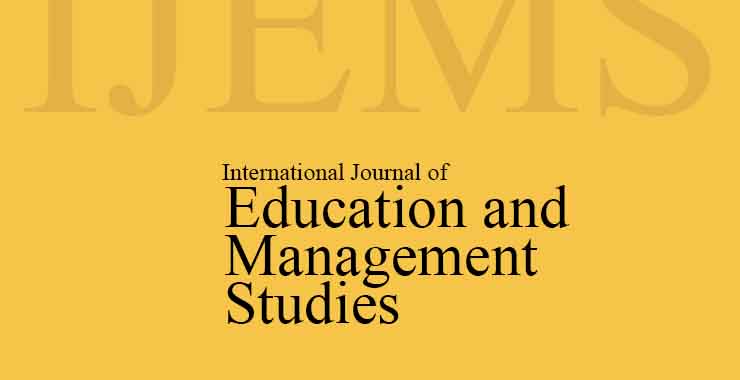Perceptions of Millet-based Products and their Market Potential in Semi-urban Areas
Original price was: ₹ 201.00.₹ 200.00Current price is: ₹ 200.00.
Page: 433-436
Sunaina Rani1, Megha Goyal2, Gurpal Singh3, Suman Ghalawat4, and Kautilya Chaudhary5 (Department of Business Management, Institute of Business Management & Agripreneurship, CCSHAU, Hisar, Haryana1 and Department of Agronomy, Institute of Business Management & Agripreneurship, CCSHAU, Hisar, Haryana2,3,4,5)
Description
Page: 433-436
Sunaina Rani1, Megha Goyal2, Gurpal Singh3, Suman Ghalawat4, and Kautilya Chaudhary5 (Department of Business Management, Institute of Business Management & Agripreneurship, CCSHAU, Hisar, Haryana1 and Department of Agronomy, Institute of Business Management & Agripreneurship, CCSHAU, Hisar, Haryana2,3,4,5)
Millets are an outstanding source of essential nutrients and are often referred to as “nutritious cereals” due to their high nutritional value. This research investigates the market potential of millet-based products in the semi-urban setting of district Hisar (Haryana), focusing on consumer awareness, health perceptions, consumption behavior the readiness to shift from traditional cereals such as wheat and rice. Using a structured questionnaire, primary data was collected from 100 respondents through convenience sampling. The study reveals that while overall awareness about millets is relatively high, detailed knowledge about specific varieties, their culinary uses, and their complete nutritional advantages remains limited. Although millets are widely regarded as healthy, conventional cereals continue to dominate consumer preferences primarily due to taste familiarity, limited availability of millet-based options, and inadequate market visibility. The study highlights a significant willingness to switch to millet-based diets if products are made more affordable and convenient. Findings suggest a promising market for millet-based products, especially among young, educated, health-conscious consumers. The paper proposes strategic interventions to enhance millet adoption, including improved product availability, targeted awareness campaigns, and government support through public nutrition programs.

